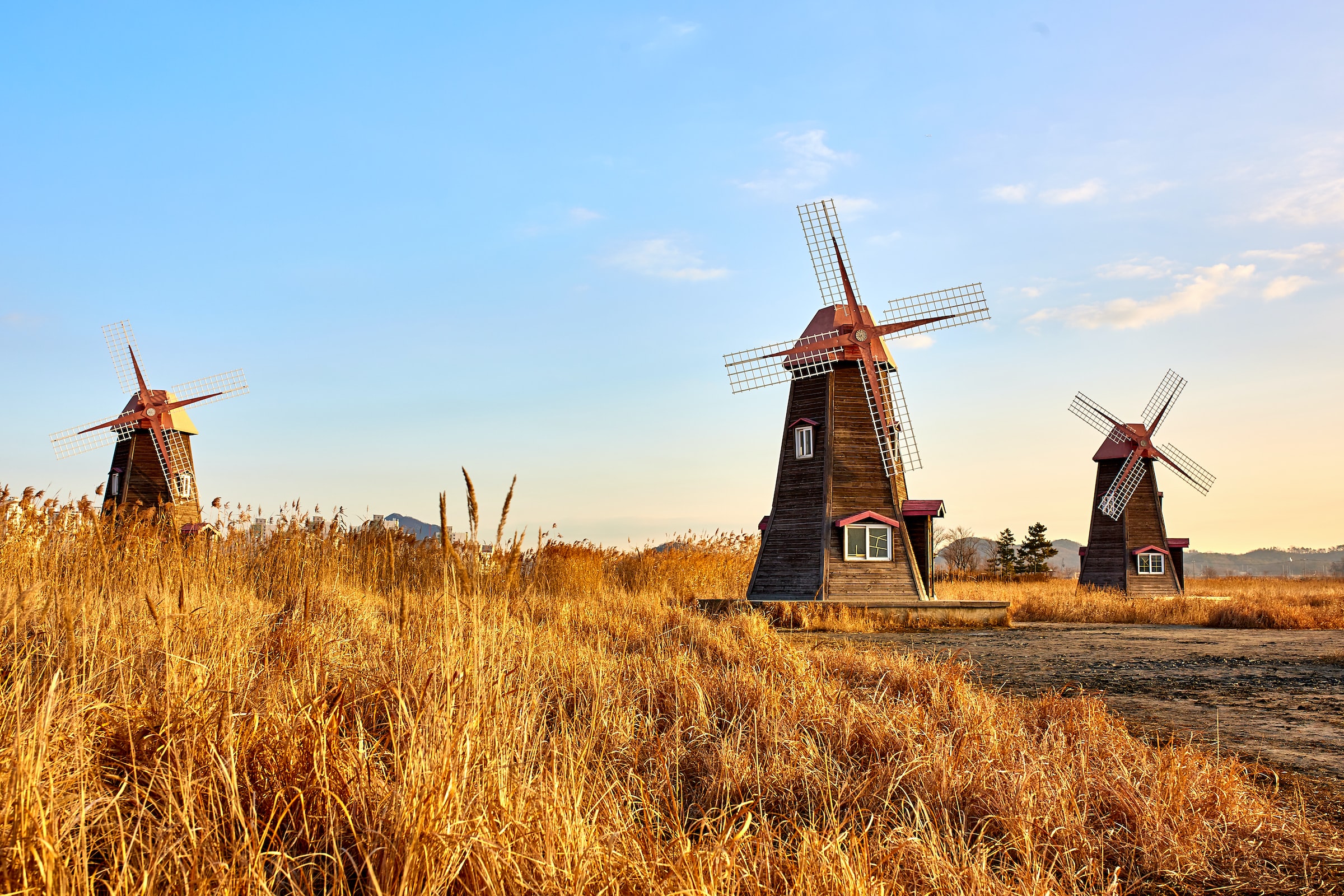


#Renewable Energy #Sustainable Energy #Wind Power
Valencia Meredith
Wind power, or wind energy, is an environmentally-friendly, cost-effective solution to reducing greenhouse gas emissions that contribute to environmental changes, public health injuries, and diseases. Wind power is generated by harnessing the wind’s kinetic energy through wind turbine blades connected to a rotor that converts the kinetic energy into mechanical power and electricity when rotated (energy.gov). According to the U.S Department of Energy, wind power is one of the fastest-growing wind markets, with more than 70,800 wind turbines spread across the United States, providing electricity for residential, commercial, and utility-scale customers.
There are many benefits to wind power, including reduced CO2 emissions, domestic and sustainably-sourced energy, lower energy production costs, and the creation of new green jobs (U.S Department of Energy). Challenges with wind power include it being unsightly, potential harm to local wildlife, specifically birds and bats that may fly into wind turbines, and competition for available land (U.S Department of Energy).
What country has the highest wind capacity (meaning who generates the most wind power)?